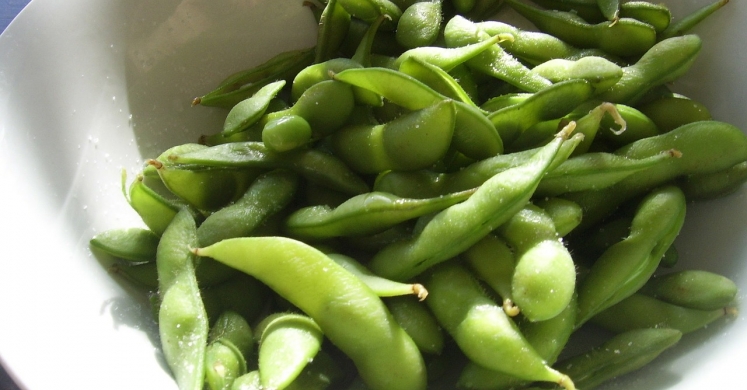Blog

Food Allergies, Part 2: FPIES
FPIES (Food Protein-Induced Enterocolitis Syndrome) is a rare food allergy that affects the GI (gastrointestinal) tract of young children and causes severe vomiting, diarrhea, and dehydration. Symptoms of the condition can present during breastfeeding, or when solid foods are first introduced into the diet. FPIES kids react to individual specific “trigger” foods including common allergens dairy and soy. Because the allergy is not mediated by IgG antibodies (blood proteins produced in response to an allergen), targets for treatment aren’t clear-cut.
However, it is common for children with FPIES to also develop IgG mediated allergic reactions to trigger foods. Symptoms typically include lethargy, changes in body temperature, skin color, and blood pressure, mimicking severe total-body infection. Reactions can be acute and/or chronic and the symptoms expressed can be different for each child. Acute symptoms happen relatively quickly after eating, about 2-3 hours, and include diarrhea, vomiting, decreased blood pressure and body temperature. Chronic reactions usually occur 6-8 hours after food ingestion, sometimes even 48 hours after ingestion. Chronic reactions generally consist of increasingly severe bouts of vomiting and diarrhea over time, as well as poor growth or failure to thrive. These symptoms can lead to the development of illness that presents like a severe total-body infection.
The only way to diagnose FPIES is to perform a food challenge. An allergist or GI doctor gives the child a potentially triggering food and watches their reaction for several hours. Observing reactions is enough to diagnose the child with FPIES. Typically, most children grow out of their FPIES by age three, but for some, FPIES can persist through puberty. There are even some adults diagnosed with FPIES relatively late in life, so it’s not exclusive to young children.
Treatment for acute episodes:
- IV fluids for dehydration, steroid to mitigate allergic reaction, Zofran through an IV (anti-emesis drug that prevents vomiting).
Strategies for management:
- Avoid FPIES dietary triggers
- Milk, eggs, soy, rice, and oats are common FPIES triggers, and there are many more that are specific to the individual. Some children may be able to tolerate these and not other foods.
- Elimination diet
- If someone is suspected to have FPIES, a common method of confirmation is an elimination diet. This involves reducing the diet to known “safe” foods that don’t cause reactions. Then, try adding in a new food for one week and see what happens. Sometimes, the body doesn’t react to a food until after a few exposures, so even if the food doesn’t cause an immediate reaction at first, it may cause a reaction after the third, fourth, or fifth exposure. If its unclear what foods are “safe,” and don’t cause reactions, try taking away one food at a time and watch for changes. Some parents report their child’s severe reactions to all types of carrots, except purple carrots, or reactions to Idaho potatoes but not russet.
- Food diaries
- Write down everything eaten during the day, track bowel movements and symptoms that occur after eating. Because some of the food reactions can be delayed, pay attention to foods that caused reactions in the past to determine if mixtures, or uncommon ingredients may be the culprit.
- Formula
- If the child is not old enough to take solid foods by mouth and is still being fed by breast or with formula, options for feeding are limited. Infants may need to take special hydrolyzed formulas. Hydrolyzed formulas are considered a medical food and the difference between these formulas and normal infant formula is the cost and the form of protein present in the formula. Hydrolyzed formula uses protein molecules that are broken down into free amino acids, a form of protein that is easier to digest.
Sources:
http://fpiesfoundation.org/
https://www.todaysdietitian.com/newarchives/110413p12.shtml
http://fpiesroadmap.com/
FPIES Resources:
Find an FPIES provider: http://fpiesfoundation.org/find-a-healthcare-provider/

